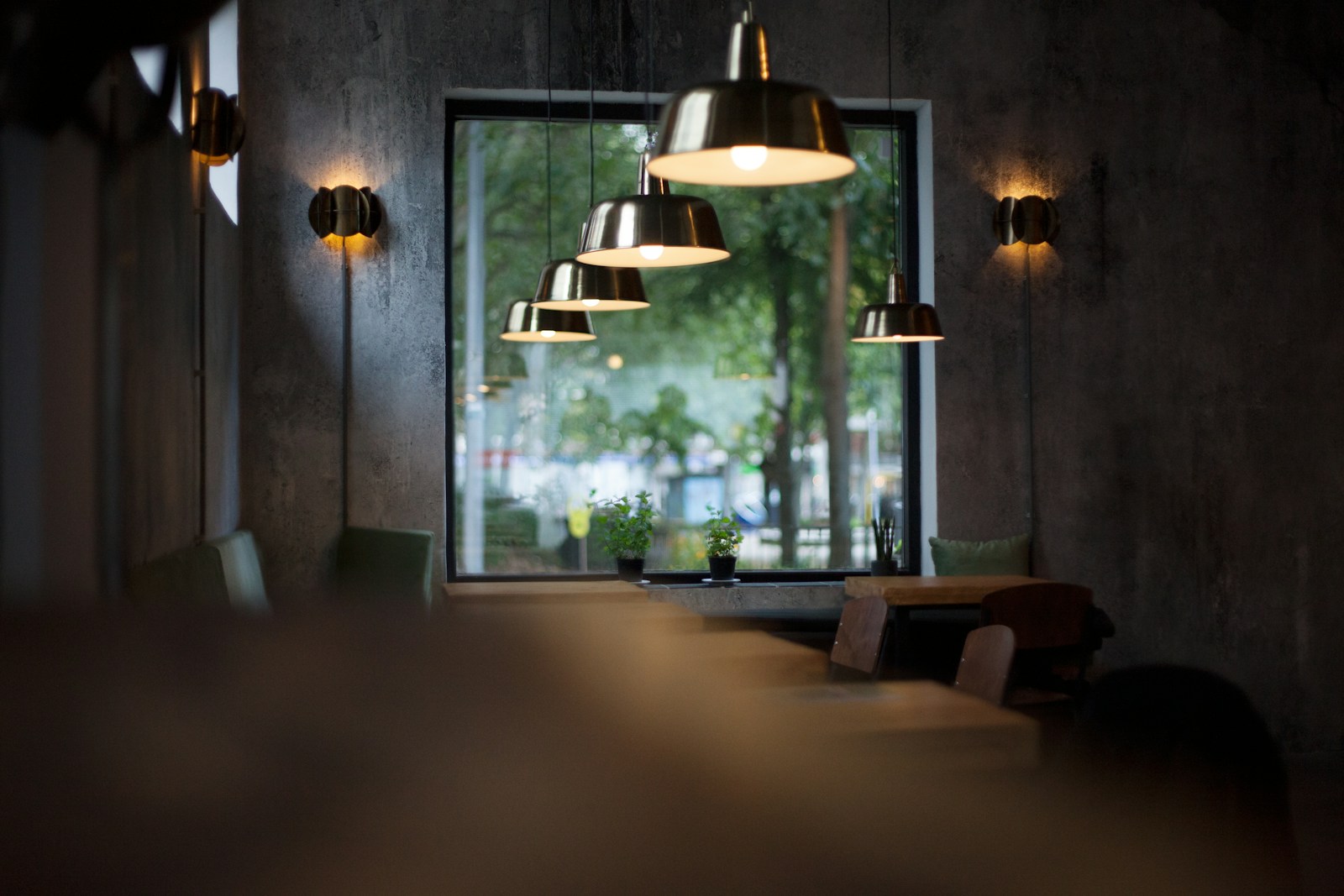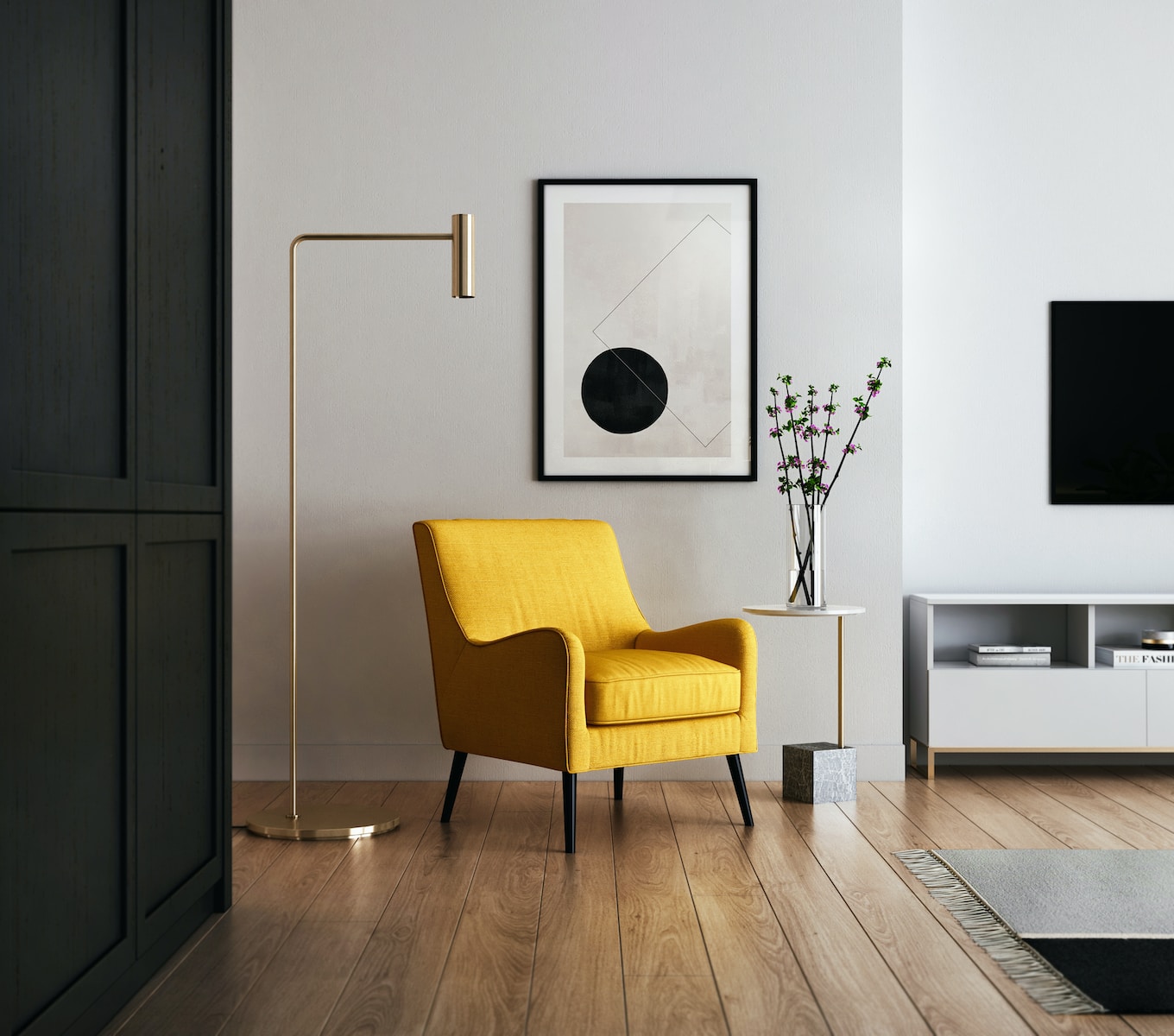Introduction:
In a world characterized by constant stimulation and information overload, the minimalist interior design trend has emerged as a breath of fresh air, offering a sanctuary of simplicity and tranquility. Minimalism, both as a lifestyle and design philosophy, promotes the idea that less is more. In this blog, we will delve into the principles of minimalist interior design and explore how to achieve a clean and simple aesthetic in your living spaces.
Understanding Minimalism in Interior Design:
Minimalist interior design is more than just decluttering; it is a mindful approach to creating spaces that are functional, serene, and visually appealing. At its core, minimalism seeks to eliminate excess, focusing on essential elements that serve a purpose. The principles of minimalist interior design can be summarized as follows:
- Simplicity in Form and Function: At the heart of minimalism lies simplicity. Furniture and decor with clean lines and straightforward designs take center stage. Each element should serve a specific function, contributing to the overall purpose of the space. Avoiding unnecessary embellishments and intricate details is key to achieving a minimalist aesthetic.
- Neutral Color Palettes: Minimalist interiors often feature neutral color palettes, such as whites, grays, and earth tones. These colors create a sense of calm and openness, allowing the mind to relax. The use of a limited color scheme contributes to the overall simplicity and coherence of the design.
- Decluttered Spaces: Clutter is the antithesis of minimalism. To achieve a minimalist interior, it is crucial to declutter and organize. Only the essential items should be on display, and storage solutions should be employed to keep spaces tidy. This not only enhances the visual appeal but also promotes a sense of order and tranquility.
- Ample Natural Light: Minimalist spaces often prioritize natural light. Large windows and unobstructed views not only bring the outside in but also create an airy and expansive atmosphere. This emphasis on natural light aligns with the minimalist philosophy of connecting with the environment and reducing reliance on artificial lighting.
- Functional Furniture: Furniture in minimalist interiors is chosen for its functionality and practicality. Multi-purpose pieces and built-in storage solutions help maintain the clean lines and uncluttered look. Each piece of furniture should have a purpose, contributing to the overall functionality of the space.
Achieving a Minimalist Interior:
Now that we understand the principles of minimalist interior design, let’s explore practical steps to achieve a clean and simple aesthetic in your home:
- Start with a Clean Slate: Begin by decluttering your space. Assess each item and ask yourself if it serves a purpose or brings you joy. Donate or discard items that are unnecessary, leaving only the essentials.
- Choose a Neutral Color Palette: Select a neutral color palette for your walls, furniture, and decor. Whites, beiges, and soft grays create a timeless and calming backdrop. Introduce pops of color sparingly, if desired, to add visual interest without overwhelming the space.
- Invest in Quality, Not Quantity: When selecting furniture and decor, prioritize quality over quantity. Choose a few well-crafted pieces that align with the principles of minimalism. Functional and durable items will stand the test of time, reducing the need for constant replacements.
- Embrace Negative Space: Negative space, or the empty space around objects, is a crucial element of minimalist design. Allow for breathing room between furniture and decor, avoiding a crowded or cramped feel. This creates a sense of openness and simplicity.
- Focus on Functionality: Assess the functionality of each item in your space. Furniture should serve a purpose beyond aesthetics, and storage solutions should be optimized to keep belongings out of sight. This commitment to functionality contributes to the overall efficiency of the design.
- Integrate Natural Elements: Bring nature indoors by incorporating natural elements such as plants, stones, or wood. These elements add warmth and texture to the space, creating a harmonious balance with the clean lines of minimalist design.
- Curate Thoughtful Decor: When selecting decor, choose items with intention. Avoid unnecessary knick-knacks and opt for a few statement pieces that align with the overall aesthetic. Consider artwork or sculptures that enhance the visual appeal without overpowering the space.
Conclusion:
Minimalist interior design is not about sacrificing comfort or style; it is about making intentional choices that enhance the quality of your living spaces. By embracing the principles of simplicity, functionality, and mindfulness, you can create a home that is not only visually stunning but also a haven of tranquility in our fast-paced world. Whether you are starting from scratch or seeking to simplify your existing space, the journey towards a minimalist interior is a rewarding exploration of the beauty found in simplicity.




